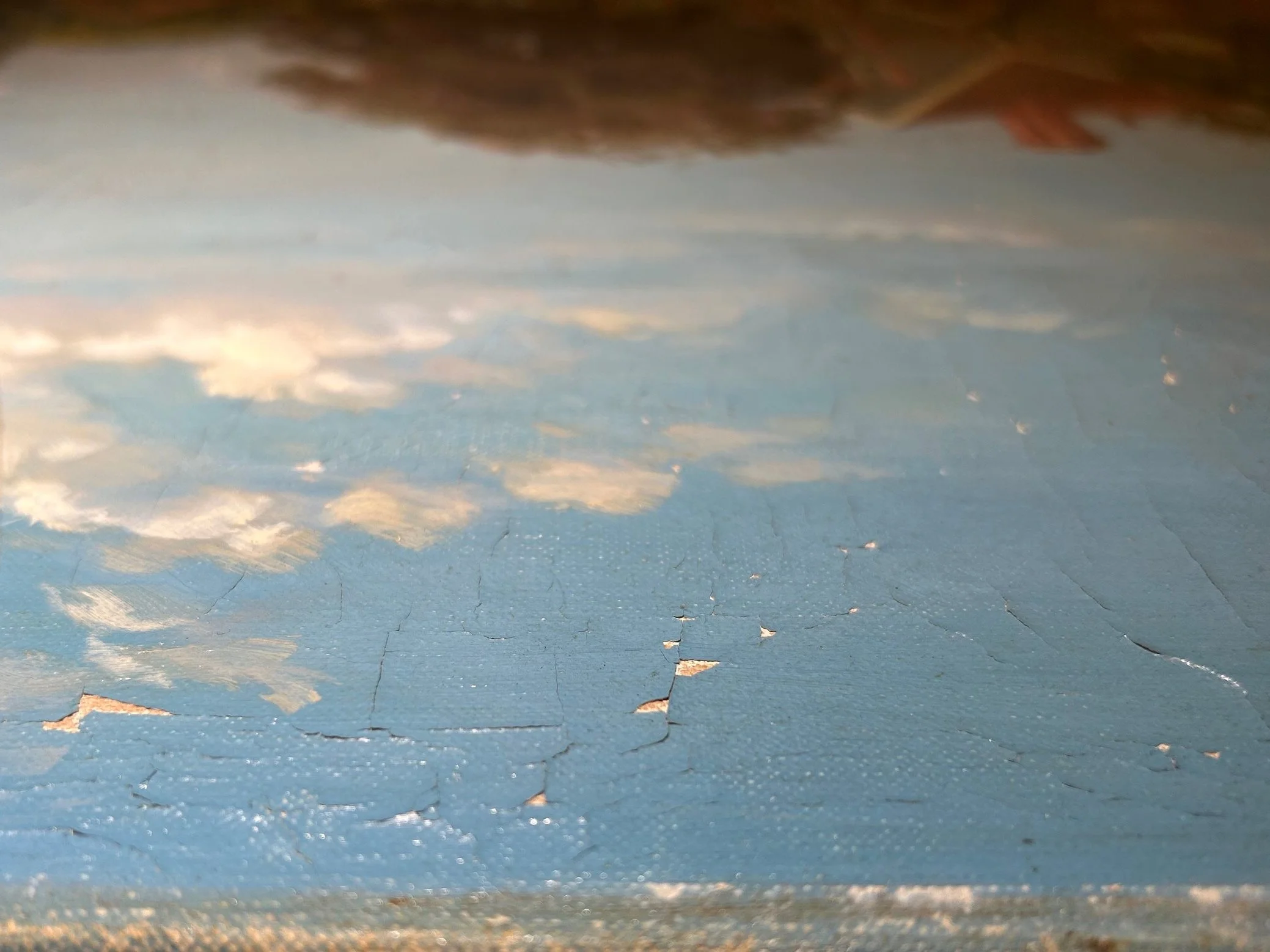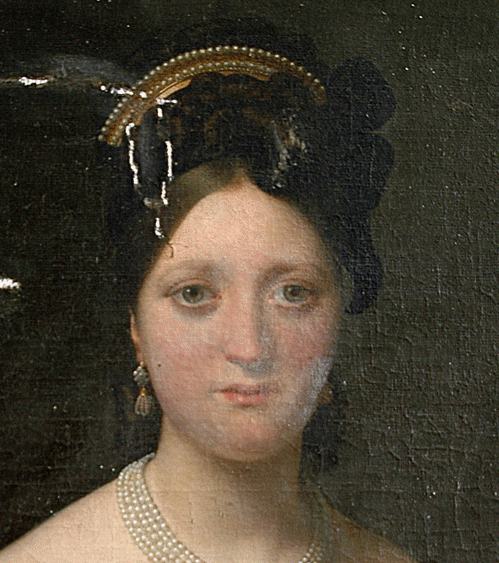
Services
I offer a wide range of painting conservation and restoration services, with a focus on minimal intervention and reversibility.
My approach is informed by ethical codes of professional associations, of which I am a member.
-

CONDITION REPORTS
Before starting any restoration treatment, the conservator must evaluate the painting's condition and document any damage or deterioration, such as cracks, paint losses, canvas deformation, or water damage. This report not only helps to understand the painting's history but also serves as a reference for future conservation work.
I also carry out condition reports for artworks on loan, ensuring their state is carefully recorded before and after transport or exhibition.
-

CONSOLIDATION
Sometimes the paint layer can become loose or flaky, indicating a weakened structure. Consolidation is the process of securing the paint layer back to its support with appropriate consolidants, ensuring the stability of the artwork.
-

SURFACE CLEANING
Over time, paintings can accumulate dirt, dust, and grime, which can alter their original appearance and compromise its longevity. Cleaning involves removing the surface grime and dirt without damaging the paint layer beneath, recovering the painting’s original visual integrity.
-

VARNISH REMOVAL
Varnish is applied to protect a painting and to create a uniform surface. Over time, however, it can discolour and degrade, altering the artwork’s aspect. Conservators carefully remove the aged varnish layer to reveal and restore the painting’s intended appearance.
-

TEAR MENDING
Tears or holes in the canvas or support can compromise the structural stability of a painting. Conservators can repair these damages using the thread-by-thread tear mending technique, carefully reweaving the canvas to restore its integrity.
-

RETOUCHING
Areas of a painting that have suffered paint loss or abrasion can be retouched using reversible media to reintegrate colour and surface texture.
-

FRAME CONSERVATION AND RESTORATION
A frame not only protects a painting but also contributes significantly to its overall aesthetic. For this reason, the preservation and restoration of picture frames are an important part of conservation work.
